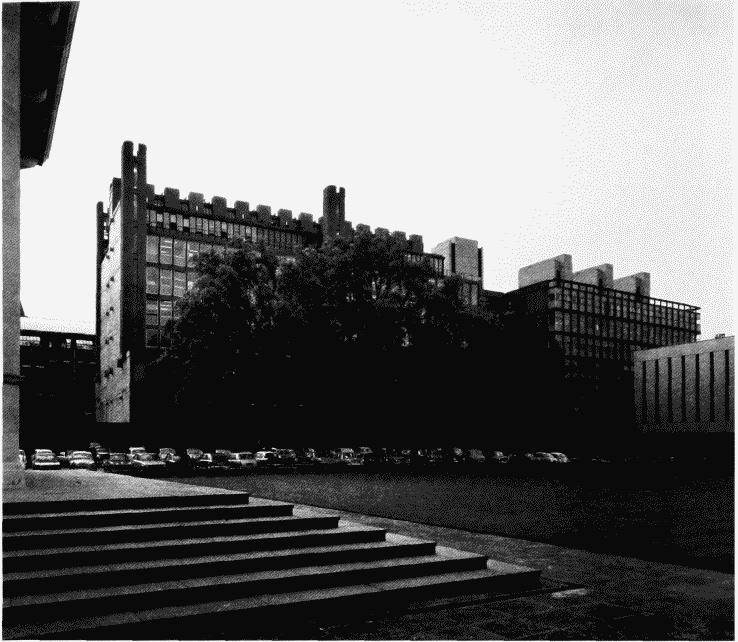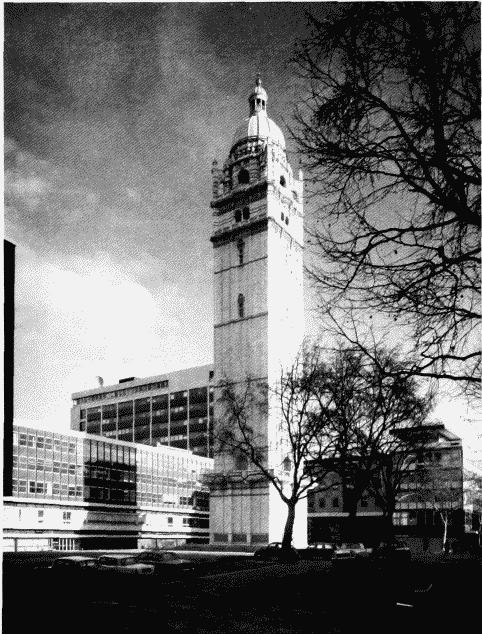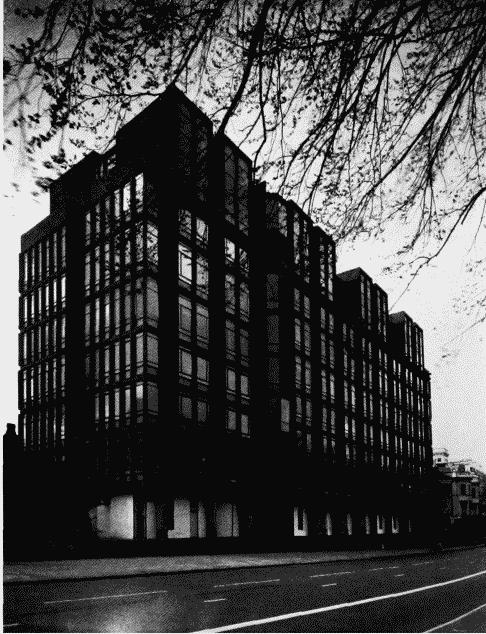Survey of London: Volume 38, South Kensington Museums Area. Originally published by London County Council, London, 1975.
This free content was digitised by double rekeying. All rights reserved.
'Plate 76', in Survey of London: Volume 38, South Kensington Museums Area, ed. F H W Sheppard( London, 1975), British History Online https://prod.british-history.ac.uk/survey-london/vol38/plate-76 [accessed 11 January 2025].
'Plate 76', in Survey of London: Volume 38, South Kensington Museums Area. Edited by F H W Sheppard( London, 1975), British History Online, accessed January 11, 2025, https://prod.british-history.ac.uk/survey-london/vol38/plate-76.
"Plate 76". Survey of London: Volume 38, South Kensington Museums Area. Ed. F H W Sheppard(London, 1975), , British History Online. Web. 11 January 2025. https://prod.british-history.ac.uk/survey-london/vol38/plate-76.
In this section
a (right). Imperial College in 1973: range for Biochemistry (right background, 1962–5) and Chemistry (left of centre, 1968– 1970), by Architects Copartnership, from north-east (p. 247)

Imperial College in 1972–3.
a (right). Imperial College in 1973: range for Biochemistry (right background, 1962–5) and Chemistry (left of centre, 1968– 1970), by Architects Copartnership, from north-east (p. 247)
b (below left). Imperial college in 1972: tower of Imperial Institute from south-west, with buildings of 1960–9 by Norman and Dawbarn, architects, behind (PP. 227, 247)

Imperial College in 1972–3.
Imperial college in 1972: tower of Imperial Institute from south-west, with buildings of 1960–9 by Norman and Dawbarn, architects, behind (PP. 227, 247)
c (below right). Royal College of Art, front block, 1960–2, in 1973.

Royal College of Art in 1973.
Royal College of Art, front block, 1960–2, in 1973.
H. T. Cadbury-Brown in association with Sir Hugh Casson and R. Y. Goodden, architects(P. 260)
